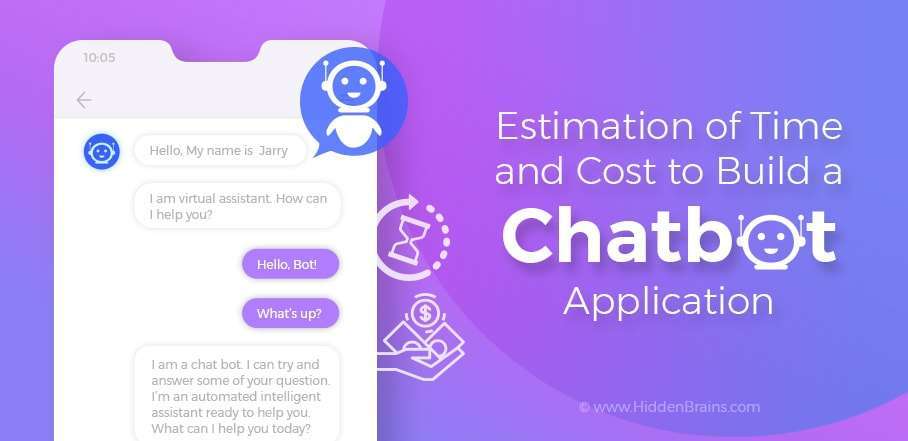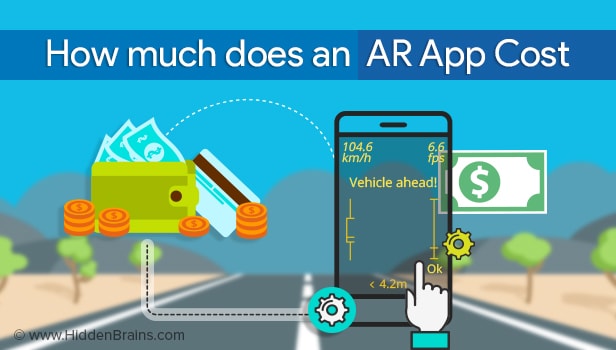Why React? A Quick Look
So, why is everyone talking about hiring React developers?
First of all, this technology stack is smooth and dynamic. Facebook, currently known as Meta developed this framework to create apps more quickly. React is lightweight and highly responsive. Therefore, developers can craft it real fast and users can navigate the apps smoothly that are built on React. There are a few good reasons why enterprises prefer React over others:
Instant Updates: React-based web apps load fast. Users don’t need to wait for long moments to open any page.
Reusable component: Once you build an app with React, you can reuse the components and codes for building other applications and web pages.
Easy Maintenance: With React-based web apps, QA professionals experience less bugs and glitches. With cleaner codes, the app can have smoother updates.
Great User Experience: if you build web apps on React, your users can experience smooth and fast experiences. They love to use apps that are built on React.
What Makes React Developers So Valuable
Do you know that the latest survey reveals that the global demand for React developers is in between 500,000-600,000? And more interestingly, more than 11 million websites around the world are built on React. So, there is no question that react developers are valuable. But the question is why? Let’s find out:
React developers are more than coders. They have complete knowledge about the web applications. They understand the modern requirements of a web application.
They can not only write codes but also use them multiple times in case of future requirements. They can build your app small but help it to expand at the time of future requirements.
React developers are efficient at app design too. They have a particular care about your app interface and can ensure better navigation for your users. They are equipped with skills to incorporate smooth animators, seamless flow, illustrations etc.
In simple words, React developers can help you build web applications that you can scale fast while ensuring flawless user experience.
When You Should Hire React Developers
You may not build your web app or website with React and its fine. However, if you feel that your website is not working properly or your users don’t like it to use that much, you should hire React developers for sure.
So when should you onboard React developers? The following points will give you an idea
1. Building From Scratch
If you are building a website from the start, React is perfect for it. You can make your website fast, light and scalable. You can grow your website wherever you feel you are ready. The foundation is strong for a higher user base with easy upgrades.
2. Moving to a Modern Tech Stack
Businesses often struggle with outdated codes and old frameworks. They can make any web page slow and lagging. React developers can make your app fast, responsive, and user-friendly without making any change to your current layout and graphics design.
3. Scaling an Existing App
As time goes by you can feel the urgency for updating your app. The app can feel slow with a growing user base. React developers can fine-tune your app and optimize its performance and speed for better performance. So, add more features or grow more users, it will feel smooth.
4. Fixing Performance or UI Issues
No matter how good your app is or how good design your app has, over time it can feel outdated. React developers are capable of brushing up your app design and optimize the graphics to ensure more smooth and fast user experiences.
Don't forget to check out: React Native vs. ReactJS: What is the Difference?
Benefits of Hiring React Developers
Hiring react developers is not just onboarding skilled coders who can write clean codes. It's about building a web application that evolves with the growing demand and competition. React means you are getting a perfect combination of speed, structure, creativity and performance.
Here are some benefits you can expect from React developers
Faster development. React lets developers reuse parts of the code, so things move quicker.
Smooth performance. Your app runs fast and looks great on any screen.
Easy to update. Clean code means fixing or adding new features is simple.
Scales with Your Business. As your user base increases, your app can enhance naturally.
Saves More Money. You need little or no work on your app. So, you save big time.
Conclusion
Building a modern web application is a critical task for your business. React framework can offer outstanding performance of your application only when you have experienced React developers. A good team can help you build apps that are feature-rich and futuristic. You can gain more users and keep the costs within your budget.





